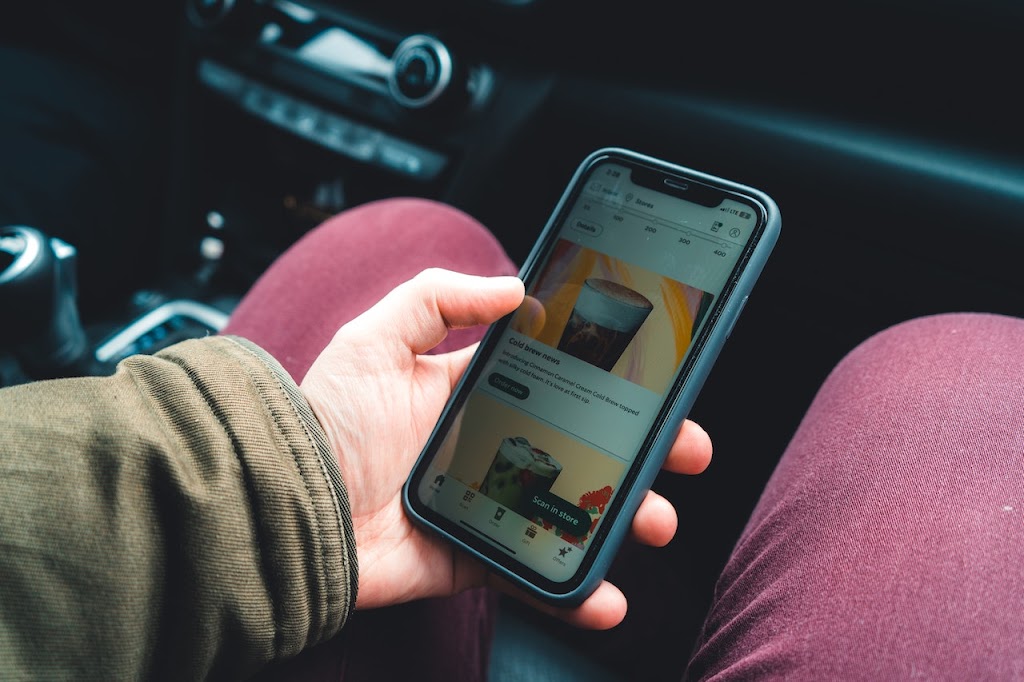
In today’s digital age, we can access a wealth of information at our fingertips. While this has many benefits, it also comes with a downside: digital distractions. Whether it’s social media notifications, email alerts, or the temptation to binge-watch our favourite shows, it’s easy to get sidetracked and lose focus. This is where analog tools come in. By using physical means to manage our digital distractions, we can regain control of our attention and boost productivity.
1. The problem of digital distractions
In today’s hyper-connected world, we are bombarded with digital distractions daily. Our phones, laptops, and tablets are constantly pinging us with notifications, and it’s hard to resist the temptation to check them. The problem is these distractions can be incredibly disruptive to our work and our personal lives. They can cause us to lose focus, waste time, and even affect our mental health.
2. The benefits of analog tools
Analog tools are physical tools that help us manage our digital distractions. They include things like planners, notebooks, and sticky notes. These tools have several benefits over digital tools. For one, they don’t have the same distracting features as digital devices. They don’t ping us notifications or interrupt us to check our email. They also allow us to take a break from screens and engage with the physical world.
3. How to use analog tools to manage digital distractions
There are several ways you can use analog tools to manage digital distractions:
a) Use a planner: A planner is a great way to stay organized and on-task. By writing down your to-do list and scheduling your day, you can stay focused on what’s important and avoid getting sidetracked by digital distractions.
b) Keep a notebook: Keeping it on hand allows you to jot down ideas and tasks as they come to you. This way, you don’t have to rely on your memory or digital device to track things.
c) Use sticky notes: Sticky notes are a simple but effective tool for managing digital distractions. You can use them to write down reminders, to-do lists, and other important information. They’re also great for keeping track of ideas and inspiration.
4. Examples of analog tools in action
Here are a few examples of how analog tools can be used to manage digital distractions:
a) A writer uses a notebook to jot down ideas and notes for their next article. This way, they can stay focused on their writing without being distracted by digital devices.
b) Students use a planner to schedule their study sessions and deadlines. By doing this, they can avoid getting sidetracked by social media and other digital distractions.
c) An entrepreneur uses sticky notes to keep track of important tasks and deadlines. By placing them on their desk, they can stay focused on what needs to be done and avoid getting distracted by digital devices.
Conclusion:
In conclusion, digital distractions are a common problem in today’s world. However, by using analog tools to manage them, we can regain control of our attention and improve productivity. Whether using a planner, keeping a notebook, or using sticky notes, there are many simple and effective ways to use analog tools to manage digital distractions. So why not give them a try? You might be surprised at how much more productive you can be without the constant buzz of digital devices.


